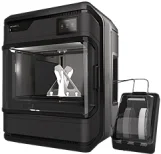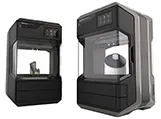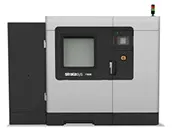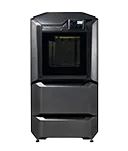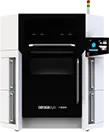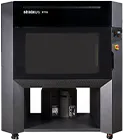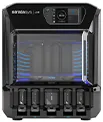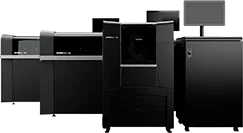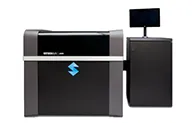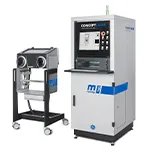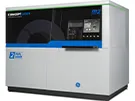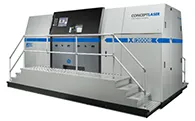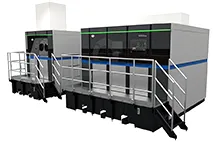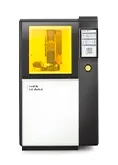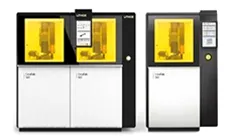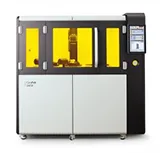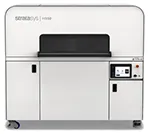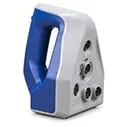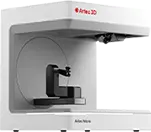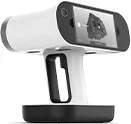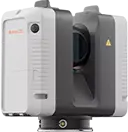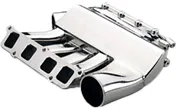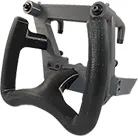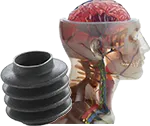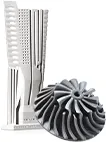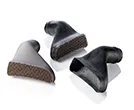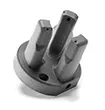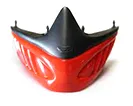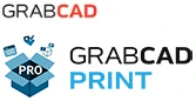The healthcare sector continually seeks innovative solutions to improve patient care, streamline medical procedures, and enhance the overall standard of treatment. In response to these evolving challenges, the cutting-edge technology of 3D printing has emerged as a valuable tool with the potential to reshape the future of healthcare. As a leading provider of Stratasys, GE Additive, Lithoz, and Artec 3D Printer and 3D Scanner Solutions in Australia and New Zealand, Objective3D offers the tools and expertise required to make ground-breaking advancements in the medical field. In this blog, we will explore how 3D printing is pushing the boundaries of medical training and patient care and how Objective3D’s offerings empower healthcare professionals to innovate with confidence.
3D printing technology is opening new frontiers in patient care and medical training, with a range of applications that extend from custom prosthetics to surgical instrumentation and medical simulation. This innovative technology provides unprecedented opportunities for healthcare professionals to improve accuracy, efficiency, and productivity, all while enhancing patient outcomes and overall well-being.
Among the many promising applications of 3D printing in healthcare, the use of highly detailed anatomical models for medical training stands out as a key area of focus. Generated from CT or MRI imaging data, these life-like models allow medical practitioners to train on accurate, patient-specific replicas, providing valuable insights into complex cases and enabling greater procedural confidence. Moreover, the ongoing advancements in bioprinting technologies may soon usher in a new era of personalised medicine, offering the potential for 3D-printed tissue and organ transplantation in the not-so-distant future.
By partnering with Objective3D, healthcare professionals gain access to state-of-the-art technology designed to maximise the benefits of 3D printing within this dynamic field. Together, they lay the foundation for groundbreaking discoveries, enhanced care, and a transformed healthcare landscape.
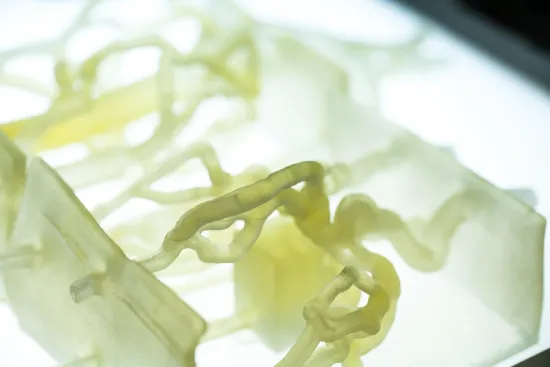
Enhancing Medical Training with Lifelike Anatomical Models
One of the most significant applications of 3D printing in healthcare is the creation of highly accurate, patient-specific anatomical models for medical training and education. These models, generated from the patient’s CT or MRI imaging data, serve as realistic, three-dimensional representations of complex anatomical structures, providing invaluable insights for healthcare professionals.
The use of 3D-printed anatomical models offers significant advantages over traditional training methods, such as cadaver-based learning or generic plastic models. As these models can be fabricated to mimic the specificities of individual cases, medical practitioners have the opportunity to gain a more nuanced understanding of a patient’s condition, prepare for potential complications, and fine-tune their surgical techniques, leading to improved patient outcomes and reduced procedure times.
Personalised Prosthetics and Orthotics
Another critical area where 3D printing is making a profound impact on patient care is in the development of custom prosthetics and orthotics. Traditionally, these devices were manufactured through labour-intensive and time-consuming processes, often resulting in products that did not perfectly align with the patient’s unique needs.
With 3D printing technology, it is now possible to create prosthetics and orthotics tailored to the individual based on precise body scans and measurements. This ensures a more comfortable and effective fit, resulting in lower levels of discomfort and a significantly improved quality of life for the user. Furthermore, 3D-printed prosthetics and orthotics can be produced at a lower cost compared to traditional methods, making these life-changing devices more accessible to a wider audience.
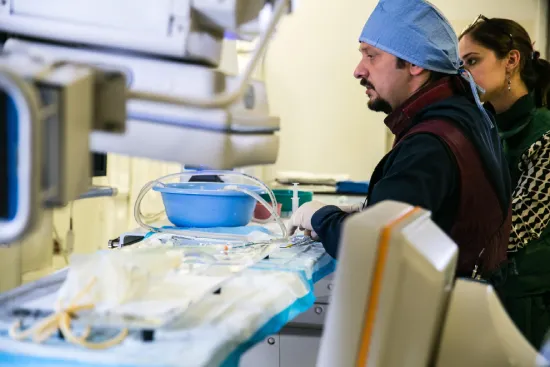
Advanced Surgical Instruments
As healthcare procedures become increasingly complex, the need for specialised, high-performance surgical instruments continues to grow. 3D printing is well-positioned to address this need, offering unique design capabilities and flexibility that cannot be achieved using traditional manufacturing techniques.
By utilising 3D printing technology, medical device designers can create instruments with intricate geometries, high-precision components, and lightweight, ergonomic designs optimised for surgery. Additionally, the technology allows for the efficient production of single-use instruments, which minimises the risk of contamination or infection. Objective3D’s range of 3D printers and 3D scanners enables healthcare professionals to access cutting-edge tools and equipment tailored to their unique needs, ultimately elevating surgical performance and patient care.
The Future of Bioprinting and Regenerative Medicine
One of the most fascinating and fast-evolving areas of 3D printing in healthcare is bioprinting – an innovative process where live cells and biomaterials are printed to create functional, living tissue. While still in the research stage, bioprinting has the potential to revolutionise the field of regenerative medicine, ushering in a new era of customised tissue and organ transplantation.
By utilising 3D printing technology, scientists are working towards successfully bioprinting functional organs, such as kidneys, livers, and hearts, which can be used to replace damaged or failing organs in patients. This pioneering approach has the potential to address the long-standing issue of organ shortages and reduce dependency on donor-based transplantation. Moreover, bioprinting technology may be invaluable for other medical applications, such as drug testing, personalised medicine, and tissue repair.
Conclusion: Embracing a New Era of Healthcare with Objective3D
The advancements in 3D printing technology promise to redefine the healthcare landscape, offering innovative solutions that have the potential to greatly enhance patient care, medical training, and treatment outcomes. Objective3D, as the leading provider of 3D Printer and 3D Scanner Solutions in Australia and New Zealand, is playing a critical role in this unprecedented paradigm shift, supporting healthcare professionals in their journey towards leveraging the benefits of 3D printing in their respective fields.
From the creation of precise, lifelike anatomical models to personalised prosthetics and orthotics, advanced surgical instruments, and the exciting prospects of bioprinting, 3D printing technology is ushering in a new age of medical innovation. By partnering with Objective3D, healthcare professionals can embrace these transformative advancements and contribute to a brighter, healthier future for all. Contact us today to learn more.




